Learn how to prevent sudden and gradual deaths of medaka fish.
※There are multiple causes of medaka deaths, making it difficult to determine the exact cause. While my method has effectively prevented almost all cases of gradual deaths in my experience, this is a subjective opinion based on personal experience. Please proceed with caution and at your own risk.
Article Summary
In my experience, most gradual deaths are due to bacterial infections such as Flavobacterium columnare and Aeromonas bacteria. Using Aguten and Elbaju simultaneously in the tank has significantly reduced these cases.
Upon closer inspection, you may notice symptoms of bacterial disease such as inflammation on the body or rapid gill movement. Without being able to observe medaka fish from the side, like in a basin, it is difficult to detect illness. Even in tanks, medaka’s small size makes early symptoms easy to miss.
If you observe any of these symptoms, treatment with antibacterial agents such as Aguten + Elbaju or Parazan can be effective.
What Are Gradual and Sudden Deaths of Medaka Fish?
Let me explain what gradual and sudden deaths of medaka fish are. Gradual death refers to a situation where healthy medaka gradually die one by one or suddenly die in clusters.
For instance, if you purchase 10 medaka and keep them in the same tank, they may start dying one by one after about a week and become extinct within ten days. This phenomenon is known as gradual death.
Gradual and sudden deaths of medaka are said to be more common in indoor tanks than outdoors. Consequently, raising medaka is considered far more challenging indoors than in an outdoor pond or biotope.
Examples of Gradual and Sudden Deaths in Medaka Fish
I’ll provide specific examples of gradual and sudden deaths in medaka fish.
I struggled with gradual and sudden deaths of medaka. My experience started when, as a high school student, I purchased ten black medaka that all died within seven days. Later, as an adult, I kept 20 medaka in a 60cm tank, but the gradual death phenomenon occurred over a month. I attempted to raise medaka several times, but none of my efforts succeeded.
To clarify, I’m not an aquarium beginner. I’ve successfully kept various Japanese freshwater fish, guppies, neon tetras, corydoras, otocinclus, and goldfish. I’ve also maintained a saltwater tank with clownfish and corals for a long time. Though I’m not an expert, I’m also not a complete beginner.
However, no matter how I tried, medaka consistently died gradually or suddenly, resulting in 100% extinction in a short period.
Sudden Deaths
Sudden deaths occur when medaka suddenly die off or perish en masse. This frequently happens within the first week of introducing them to a new tank.
No obvious issues such as overcrowding, overfeeding, or murky water are present, and there are rarely any signs of illness before sudden deaths occur.
Specific Symptoms of Gradual Deaths
The symptoms of gradual deaths vary. The most common pattern is the medaka losing energy, swimming weakly near the surface, and then perishing within a few days. Others stop eating gradually, becoming emaciated and dying.
Some medaka experience illness-like symptoms after falling ill, such as damaged or reddened fins.
Medications May Not Work
In some cases, medications don’t work against gradual deaths. Salt baths are ineffective, and various medications may have little effect.
This may be because the disease is in its terminal stages. Early salt or medication baths can save most medaka.
Causes of Gradual and Sudden Deaths
There are several theories about the causes of gradual and sudden deaths. The most common is water quality deterioration, followed by a lack of sunlight.
It’s Not Just About Water Quality
Poor water quality can make it impossible for medaka to survive. Particularly in newly set-up tanks, the unstable water can lead to illness and sudden deaths.
However, other factors besides water quality deterioration can cause gradual and sudden deaths in medaka. I can’t agree with the theory that only poor water quality is responsible.
Even if my fishkeeping methods were flawed, other fish species would have died if water quality was the sole issue. The fact that other tropical fish, goldfish, and saltwater fish remain healthy while only medaka die indicates additional factors.
I am not alone in this viewpoint. Many aquarium and medaka specialty stores agree that gradual and sudden deaths are more likely indoors.
The Sunlight Theory Is Also Questionable
There is a common theory that medaka cannot survive without sunlight. It is true that they are sturdier and healthier outdoors. The ultraviolet light’s sterilization effect reduces parasites and bacteria.
Thus, many believe that ultraviolet light is essential for keeping medaka indoors. However, some tropical fish shops operate underground and successfully breed medaka without sunlight.
Since many hobbyists and stores also raise medaka indoors, sunlight isn’t necessarily required.
The Real Cause of Gradual and Sudden Deaths
After consulting with various medaka shops and repeating tests myself, I reached a conclusion.
Bacterial Infections
Examining the bodies of medaka that gradually died revealed small bleeding marks. Close inspection also revealed swollen gills, pale skin, sluggish movement, and significant weight loss in some sick medaka.
In this article, medaka are susceptible to bacterial infections like Flavobacterium columnare. Be careful if you have other fish. Bacteria that are harmless to other fish may cause gradual and sudden deaths in medaka.
Flavobacterium columnare is aerobic, thriving with air pumps. One theory is that outdoor medaka suffer fewer diseases due to the absence of filters and water currents rather than sunlight.
Medaka deaths labeled as sudden or gradual often show signs of illness. Bacterial infections progress quickly, so it’s easy to misinterpret as “sudden death.”
Medaka rarely show illness signs until it’s too late. Observing medaka closely is essential.
Improvement via Salt and Medication Baths
Medaka that were identified early with symptoms and treated with salt and medication baths recovered. A salt concentration of 0.5% usually revives most medaka. Since the tanks with gradual deaths may be contaminated, medication baths using Kanpara-D or similar should help.
These measures should prevent gradual or sudden deaths and help recover affected medaka.
I believe medications often fail because they are used when the disease is already too advanced.
Now, with Elbaju in all tanks, there are no more gradual deaths. Even if nothing else seems to work, consider bacterial infections.
Failures in Introduction
Newly purchased medaka may not die from illness but from improper introduction. Medaka are prone to digestive issues and need acclimatization.
→ Currently, I’m not strict about acclimatization, so I doubt digestive issues are to blame.
Medaka are sensitive to sudden changes in temperature and water quality. Fancy medaka require acclimatization. Most tropical fish can handle rapid water changes, but medaka need gradual adjustments.
Despite their resilience, even slight changes in temperature can be fatal. Therefore, pay attention to temperature during water changes.
Setting Up and Introducing Fish
Unclean water during setup or introduction increases sudden death risk. During initial setup, bacteria are insufficient, making the water easily polluted.
Bacterial supplements or aquatic plants can help stabilize the water quality, but overstocking can lead to high ammonia levels.
Medaka are considered hardy and often used as test fish. However, I don’t think they’re as tough as believed. Treat them carefully like guppies and neon tetras, and the sudden or gradual death rate should decline.
Initially, keep the stocking ratio at one fish per 2-3 liters, and include water-purifying plants like anacharis or hornwort to absorb ammonia.
Medaka produce significantly less ammonia than goldfish, so failing the setup unless you overcrowd is unlikely.


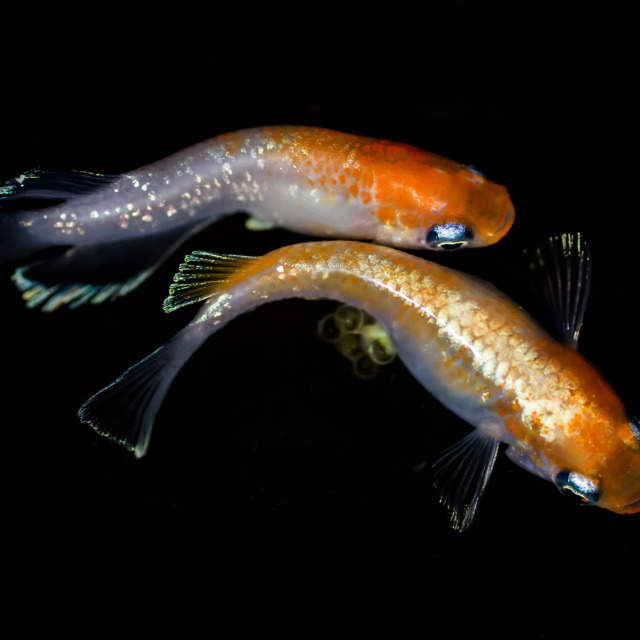

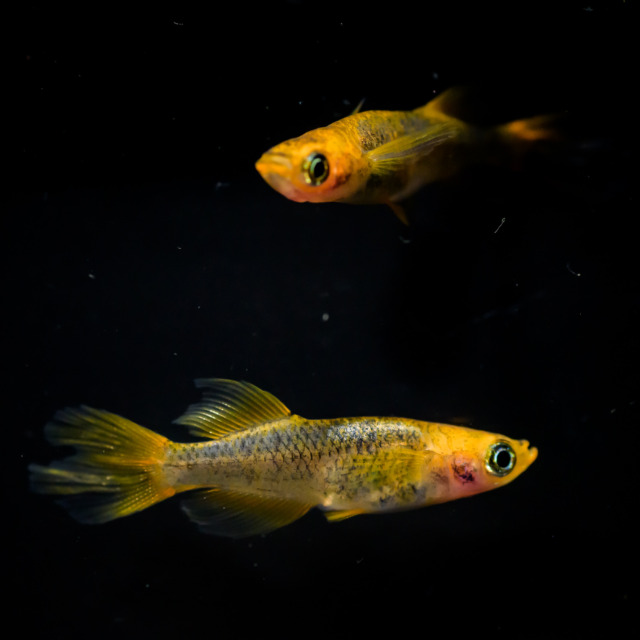
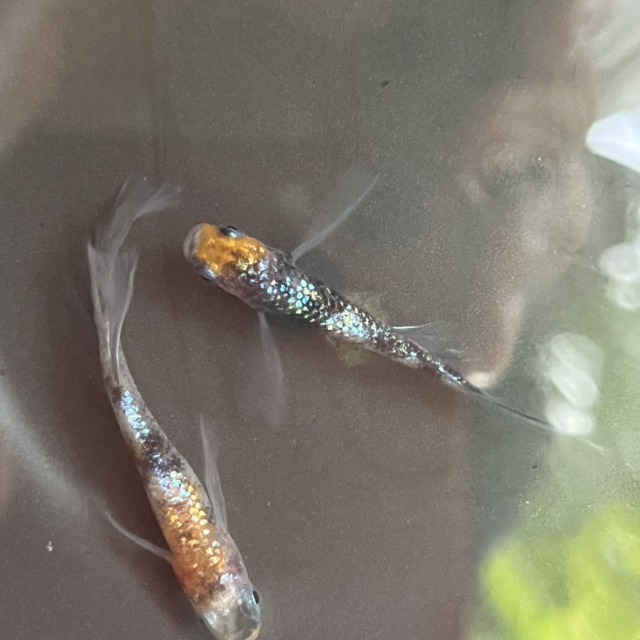
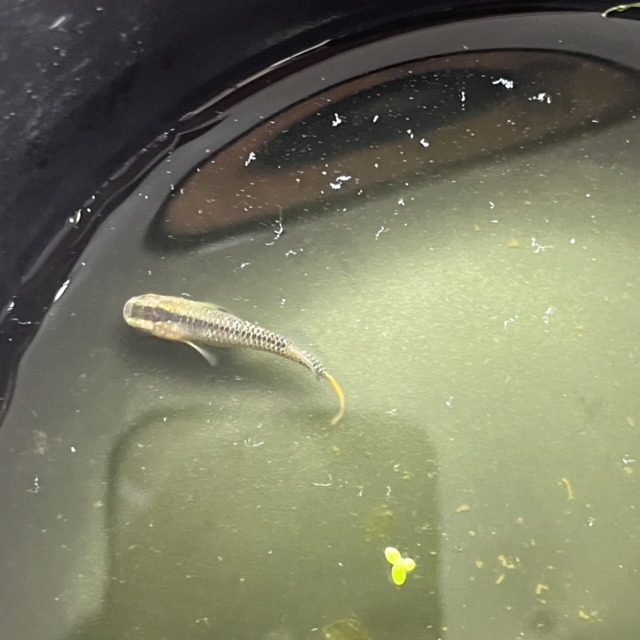
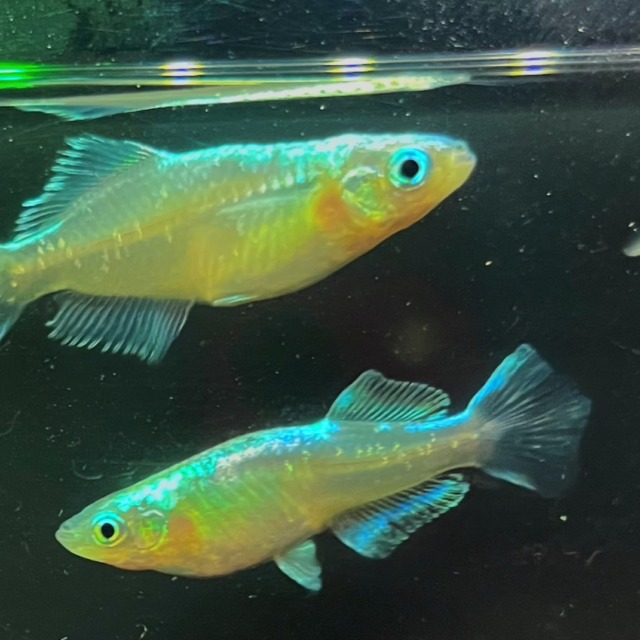
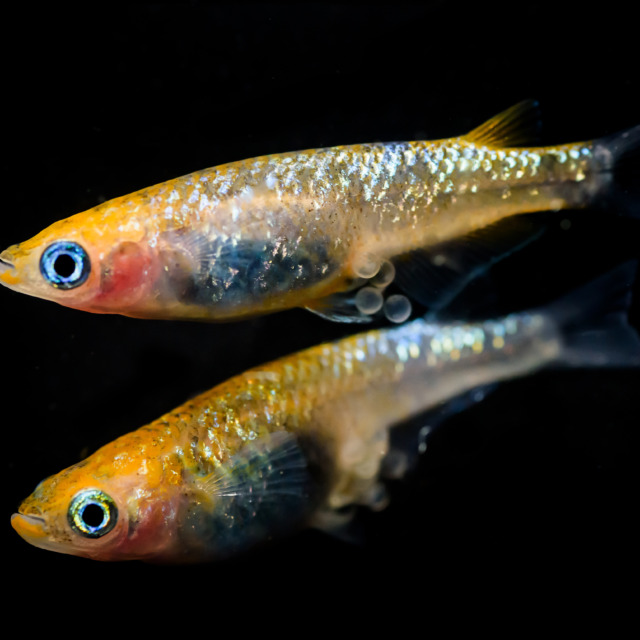


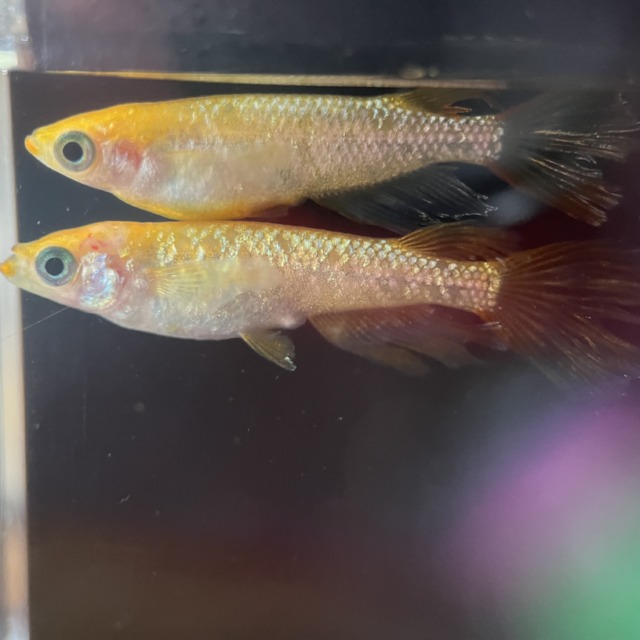

No comments yet.